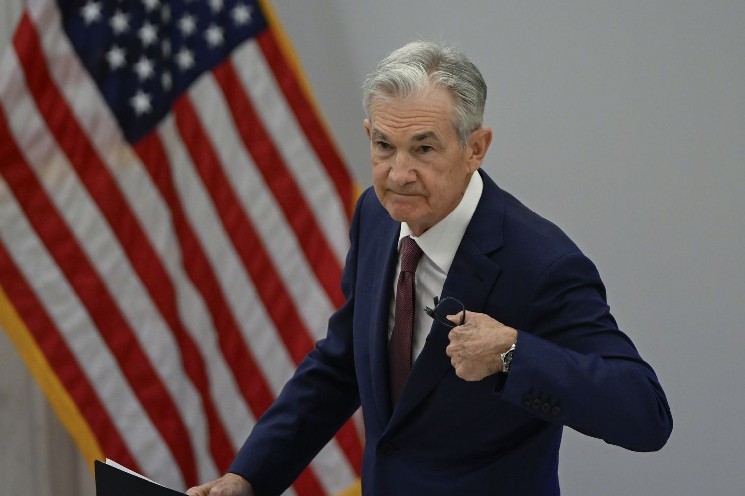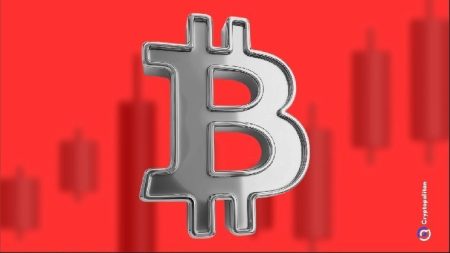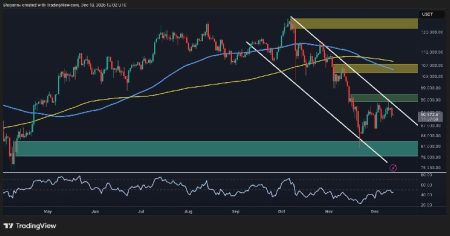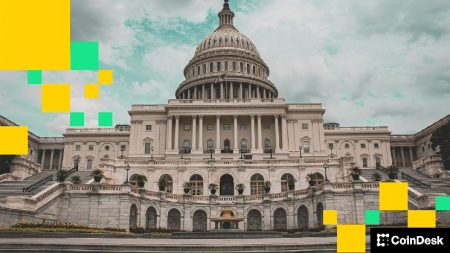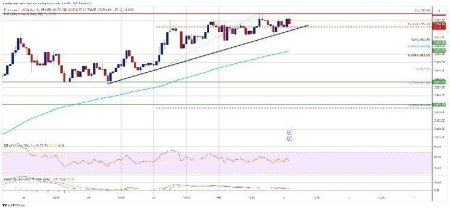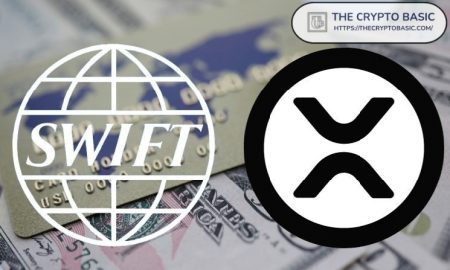Fed Chair Powell Set to Deliver Crucial Economic Outlook as Markets Await Rate Cut Signals
Powell’s First Major Address Since September Rate Cut Draws Global Attention
In a highly anticipated economic address, Federal Reserve Chairman Jerome Powell is scheduled to deliver remarks on “Economic Outlook and Monetary Policy” today at the National Association of Business Economics conference in Philadelphia. This speech marks Powell’s first significant public appearance since the Federal Reserve resumed its interest rate reduction strategy in September with a 25-basis-point cut, following a temporary pause earlier in 2025. Financial analysts, investors, and market participants worldwide are closely monitoring this event for indications about the trajectory of U.S. monetary policy through the remainder of the year.
The timing of Powell’s address is particularly significant given the ongoing U.S. government shutdown, which has limited the flow of economic information and heightened market uncertainty. The speech, expected around 12:20 PM Eastern Time (19:20 Turkish time), comes as markets have already priced in expectations for additional rate reductions before year-end. According to the CME FedWatch Tool, traders are currently assigning a 97.8% probability to another quarter-point rate cut at the Federal Open Market Committee’s October meeting. This high degree of certainty reflects growing consensus that the Fed will continue its easing cycle, though the pace and extent remain subjects of intense speculation among economic forecasters.
Balancing Inflation Concerns Against Labor Market Vulnerabilities
The Federal Reserve finds itself navigating a complex economic landscape where multiple competing priorities demand careful consideration. In previous public statements, Chairman Powell has emphasized the delicate balancing act facing monetary policymakers – weighing persistent inflation concerns against emerging signs of labor market weakness. This dual mandate has created what Powell himself described as a “challenging” environment for the central bank, requiring nuanced policy responses that address inflation risks without undermining employment gains achieved in recent years.
Further complicating this picture, Philadelphia Fed President Anna Paulson recently expressed her view that rising employment risks strengthen the case for additional monetary easing. In remarks delivered yesterday, Paulson suggested that tariffs imposed on imported goods would likely have a more modest inflationary impact than previously anticipated. Her comments align with a growing perception among some Fed officials that labor market stability may now warrant greater policy attention than inflation pressures, which have moderated somewhat from their post-pandemic peaks. This evolving consensus could signal a more accommodative policy approach in coming months, though Powell’s remarks today will be scrutinized for confirmation of this potential shift.
Market Expectations and Economic Forecasts Point to Continued Easing
Financial markets have already begun positioning for a continuation of the Fed’s easing cycle, with most analysts expecting at least one or two additional rate cuts before the conclusion of 2025. Economists at JPMorgan Chase have staked out a particularly specific forecast, projecting two more rate reductions this year followed by a single cut in early 2026. This measured pace would represent a gradual normalization of monetary policy following the aggressive tightening cycle implemented to combat post-pandemic inflation.
The ongoing U.S. government shutdown introduces additional complexity into the Fed’s decision-making process. With certain economic data releases potentially delayed and fiscal policy uncertainty elevated, the central bank must operate with an incomplete information set. This environment places even greater importance on Powell’s communications, as his interpretation of current conditions and risk assessment will provide crucial guidance to markets in the absence of some standard economic indicators. Investors will be particularly attentive to any comments regarding how the Fed might adapt its policy approach if the shutdown extends through the October FOMC meeting, potentially affecting the availability of key data inputs for monetary policy decisions.
Cryptocurrency Markets React to Monetary Policy Uncertainty
The cryptocurrency sector has demonstrated particular sensitivity to Federal Reserve policy signals, with Bitcoin and other digital assets experiencing notable volatility ahead of Powell’s scheduled remarks. In the past 24 hours, Bitcoin has declined approximately 3.7%, trading around $110,000, while Ethereum has fallen more substantially, dropping 5.2% to approximately $3,930. This market reaction reflects the significant correlation that has developed between monetary policy expectations and cryptocurrency valuations, with the latter increasingly responsive to shifts in the traditional financial landscape.
Market analysts specializing in digital assets suggest that Powell’s speech could trigger meaningful price movements in either direction. A clear indication of continued monetary easing would likely support cryptocurrency values, potentially catalyzing a broad-based rally led by benchmark assets like Bitcoin and Ethereum. Conversely, if Powell emphasizes persistent inflation concerns or suggests a more cautious approach to future rate cuts, Bitcoin could potentially break below its current support level around $110,000, with altcoins potentially experiencing even steeper declines. This binary reaction framework underscores the extent to which cryptocurrency markets now respond to macroeconomic factors beyond their internal dynamics.
Global Implications of Fed Policy Direction Extend Beyond Traditional Markets
The significance of Powell’s address extends far beyond U.S. borders, as Federal Reserve policy decisions reverberate throughout the global financial system. Emerging market economies, international trade relationships, and global capital flows all stand to be affected by the path of U.S. monetary policy. A clear signal of continued easing could provide relief to developing economies struggling with dollar-denominated debt, while a more hawkish stance might reinforce dollar strength and potentially exacerbate financial pressures in vulnerable regions.
As market participants await Powell’s remarks, the broader context of global economic challenges remains front of mind. Geopolitical tensions, persistent supply chain disruptions, and uneven post-pandemic recovery patterns continue to influence the economic outlook. Powell’s assessment of these factors and their implications for U.S. monetary policy will provide valuable insights not only for immediate market positioning but for longer-term strategic planning across various sectors. Whether the Fed Chairman maintains his previously cautious stance or signals a more definitive policy direction, today’s speech represents a crucial moment for global markets seeking clarity amid considerable economic uncertainty. Whatever path Powell outlines, his words will undoubtedly shape market expectations and influence financial conditions well beyond America’s borders as the global economy navigates this complex transition phase in monetary policy.




